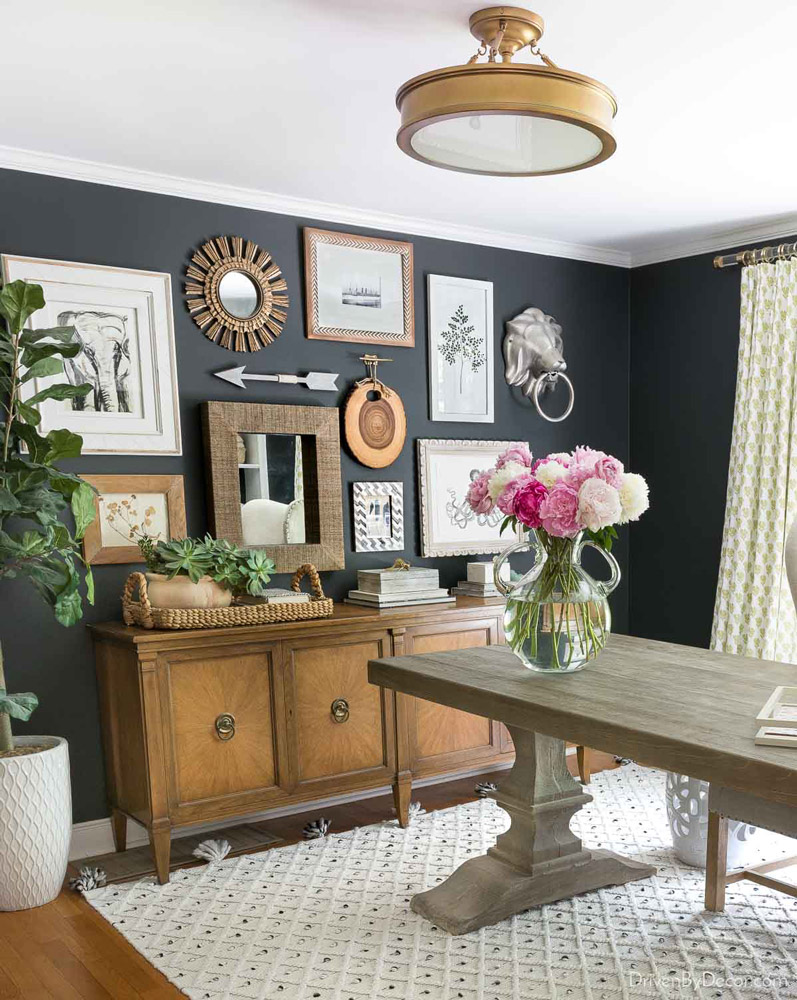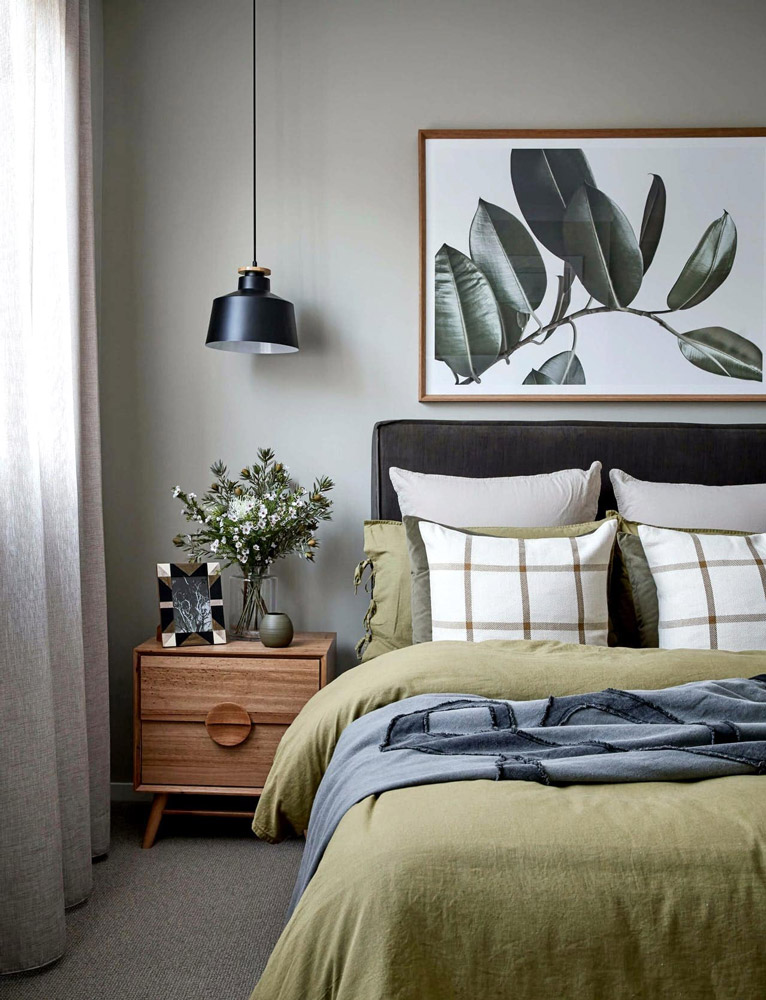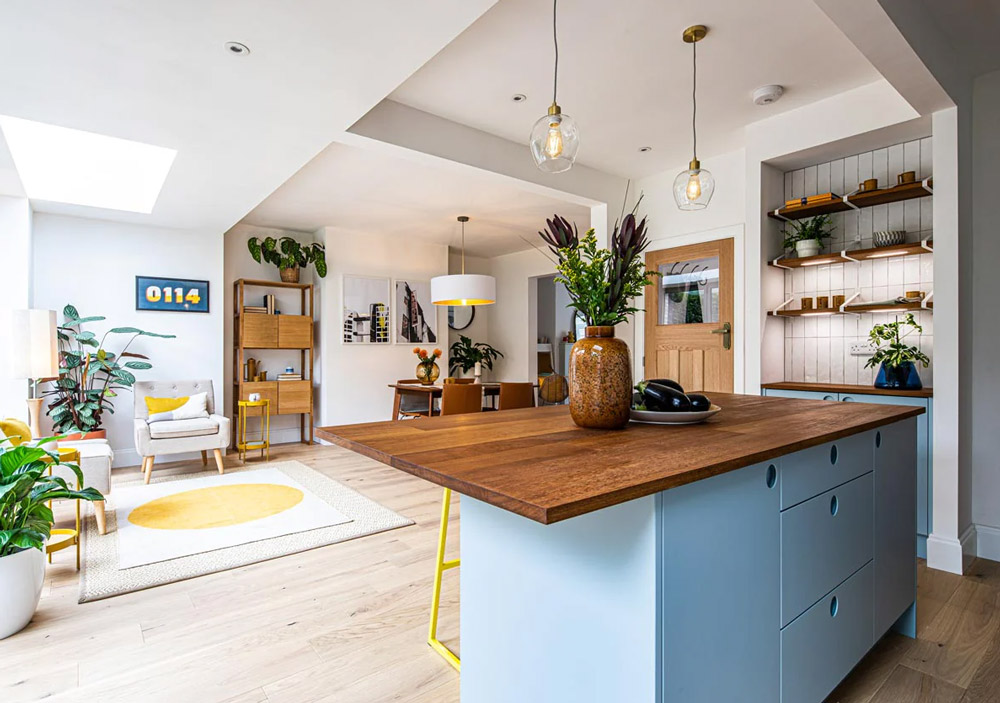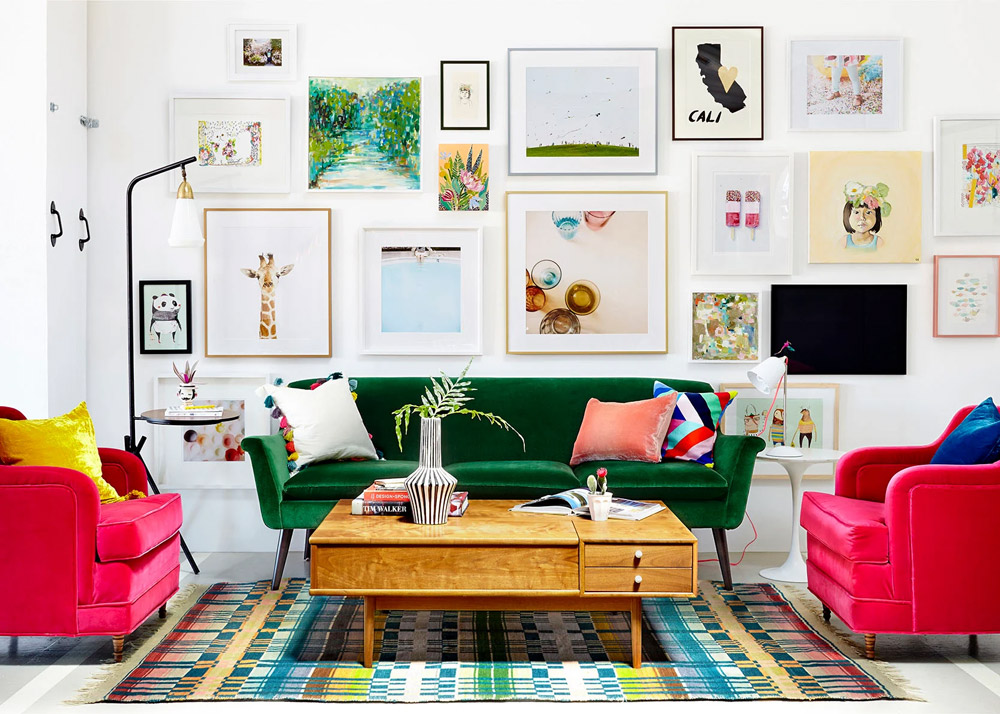Hanging artwork in your home is one of the most effective ways to express personal style, add visual interest, and tie a room together. But knowing exactly where to hang a piece of art can be tricky. If it’s too high, it can feel disconnected from the rest of the room. Too low, and it might look awkward or even go unnoticed.
Whether you’re decorating a small apartment, a spacious home, or staging a property for sale, understanding how to hang artwork at the ideal height is crucial for balanced and beautiful design. In this guide, we’ll explore the standard rules for hanging art and break down the ideal height by room to help you make your walls look professionally styled.
Contents
General Rule of Thumb for Hanging Art
The most commonly accepted guideline among interior designers and galleries is to hang artwork so that the center of the piece is between 57 and 60 inches from the floor. This is considered “eye level” for the average adult and is often referred to as the museum or gallery standard.
This height acts as a strong visual anchor and creates balance in most rooms, especially when the artwork is standalone. It’s important to measure to the center of the piece, not the top or bottom, and to factor in the frame size and thickness.
However, rules are made to be adjusted. For instance, if you’re hanging art above furniture or dealing with tall ceilings, the placement should be flexible and work in harmony with the surroundings.

Living Room
In the living room, artwork is often placed above sofas, mantels, or sideboards. When hanging art above a sofa or other furniture, aim to position the bottom of the frame 6 to 8 inches above the top of the furniture. This keeps the artwork visually connected to the furnishings and prevents it from “floating” too high on the wall.
Make sure the width of the artwork (or grouped pieces) is at least two-thirds the width of the furniture it’s hanging above. This proportion helps create a cohesive look.
Dining Room
Dining rooms are unique because the viewer is usually seated. In this setting, artwork should still follow the 57–60 inch center rule, but consider adjusting slightly lower if it feels too high while seated.
If you have a chandelier or a statement centerpiece on the dining table, use those as alignment references. Artwork should complement, not compete with, those focal points.
Bedroom
Bedrooms are more personal, and artwork is often placed above the headboard or on side walls. When hanging art above the bed, keep it 6 to 10 inches above the headboard for ideal spacing. Consider the headboard’s height—if it’s tall, you might hang the artwork slightly higher to maintain balance.
Opt for calming visuals or soft color palettes to enhance the relaxing atmosphere typically desired in a bedroom.

Hallways and Entryways
These transitional spaces benefit from art that’s eye-catching but not overpowering. In hallways or narrow entryways, keep artwork at standard eye level (57–60 inches to center). Because people usually pass through quickly, smaller pieces or gallery-style arrangements work well here.
Use consistent spacing (around 2 to 3 inches between pieces) if you’re creating a gallery wall. This helps keep the look intentional and organized.
Home Office
Your home office should reflect professionalism and creativity. Place artwork at eye level when you’re seated if it’s behind your desk. If the art will be visible during video calls, hang it where it’s centered in the camera frame to create a clean, visually appealing background.
Consider motivational or inspirational art, but avoid overly distracting visuals if you’re easily sidetracked.
Bathrooms
Bathrooms are often overlooked when it comes to artwork, but they can be great places to add personality. Due to space limitations and moisture, smaller framed pieces work best. Hang them at eye level, or above towel racks or the toilet—around 60 inches from the floor to center is still a good rule, but adjust slightly based on the height of fixtures.
Ensure frames are sealed or moisture-resistant to prevent damage.
Kitchens
Art in the kitchen should be minimal and placed strategically. Popular spots include above doorways, between open shelves, or next to the dining nook. Small prints or typography art add charm without overwhelming the space. Standard eye level applies, but placement should always consider appliance or cabinet height.

Factors That Affect Hanging Height
There are several variables that can influence the ideal hanging height for art:
- Ceiling Height: Tall ceilings might require slightly higher placement or larger artwork.
- Artwork Size: Bigger pieces generally have more visual weight and should be hung slightly lower to stay grounded.
- Furniture Placement: Always account for furniture or fixtures to ensure proper spacing.
- Room Function: A formal dining area might follow gallery standards more strictly than a casual lounge.
- Viewer Height: If most occupants are notably shorter or taller than average, adjust accordingly.
- Multiple Pieces or Gallery Walls: Layout and spacing are more important than one fixed height rule.
Tips for Hanging Artwork Like a Pro
- Measure Twice: Measure from the floor to the center of the artwork, not just the top.
- Use Templates: Painter’s tape or paper cutouts help visualize layout before hanging.
- Check Alignment: Use a level or laser tool for perfect straight lines.
- Choose the Right Hardware: Use wall anchors or picture-hanging hooks based on weight and wall type.
- Balance Visual Weight: Symmetry isn’t mandatory, but balanced placement matters.
Common Mistakes to Avoid
- Hanging Too High: This is one of the most common errors. Stick to eye level unless there’s a good reason not to.
- Incorrect Proportions: Small artwork above a large piece of furniture can feel off. Scale your art to the space.
- Poor Lighting: Artwork should be well-lit to maximize its impact.
- Random Placement: Always consider the context of the room and surrounding decor.
Conclusion
Hanging artwork may seem like a simple task, but thoughtful placement can dramatically enhance your space. By following general guidelines—like the 57–60 inch rule—and tailoring your approach for each room, you’ll create a cohesive, polished look that feels intentional and visually appealing.
Take the time to measure, step back, and adjust until your artwork feels right for the space. And remember, while there are best practices, personal taste and comfort should always guide your final decision.

